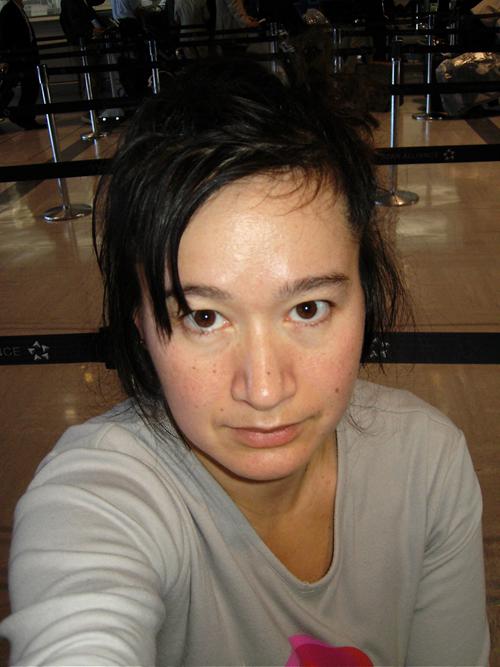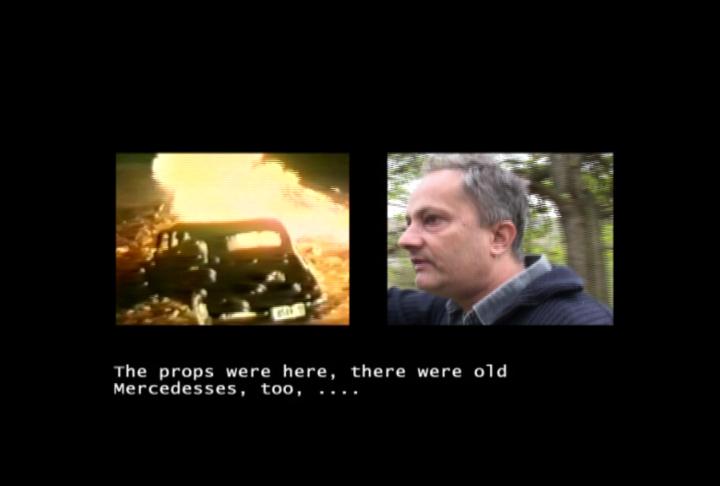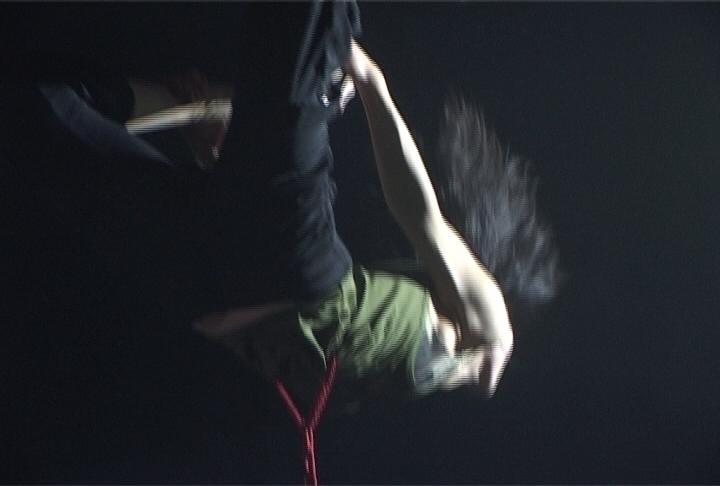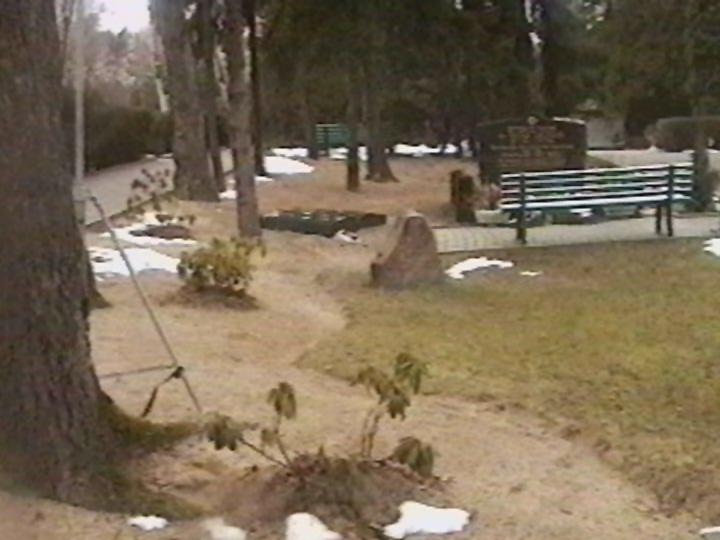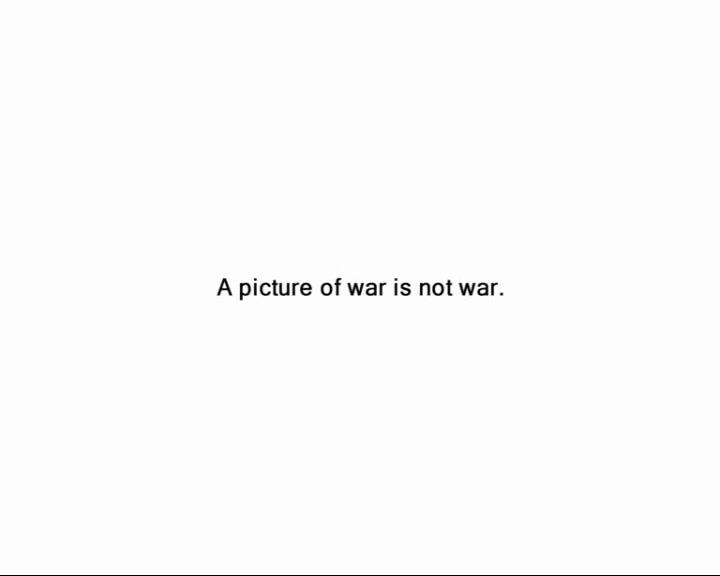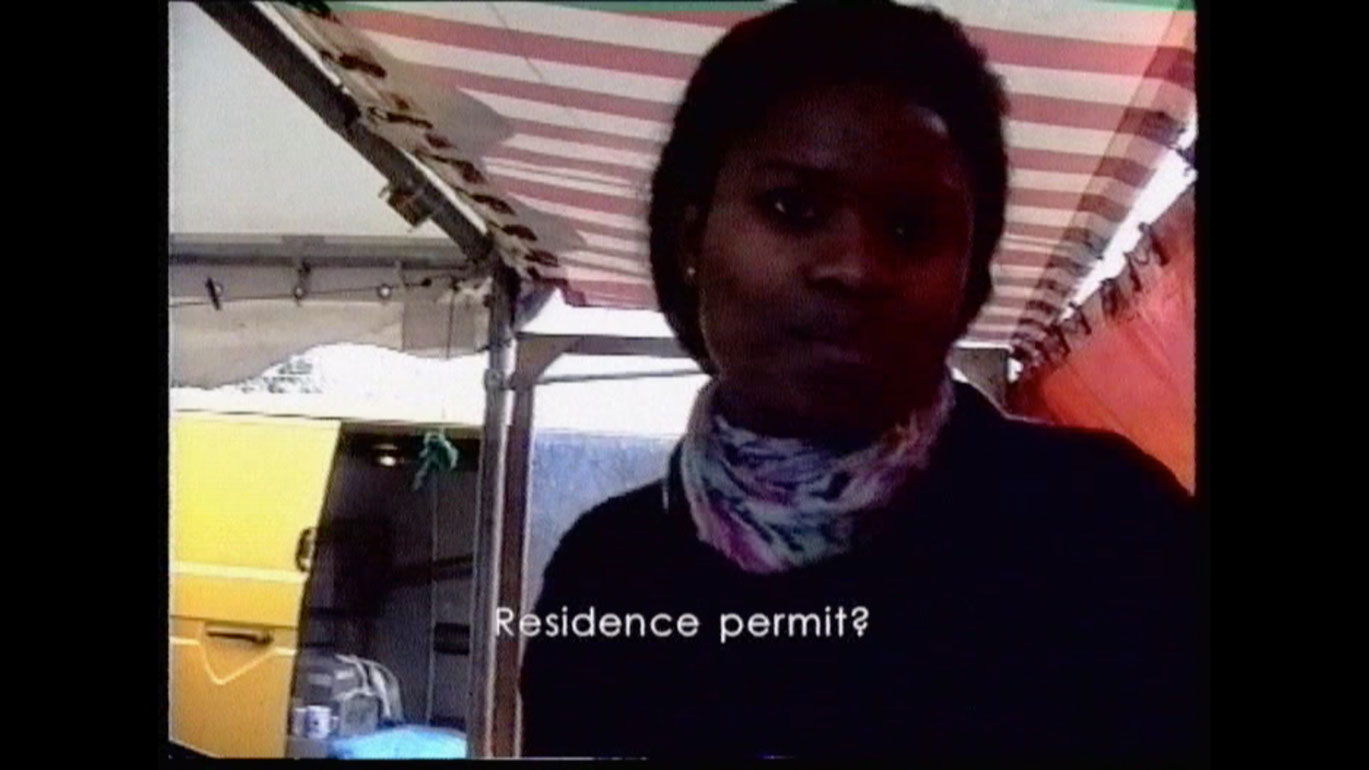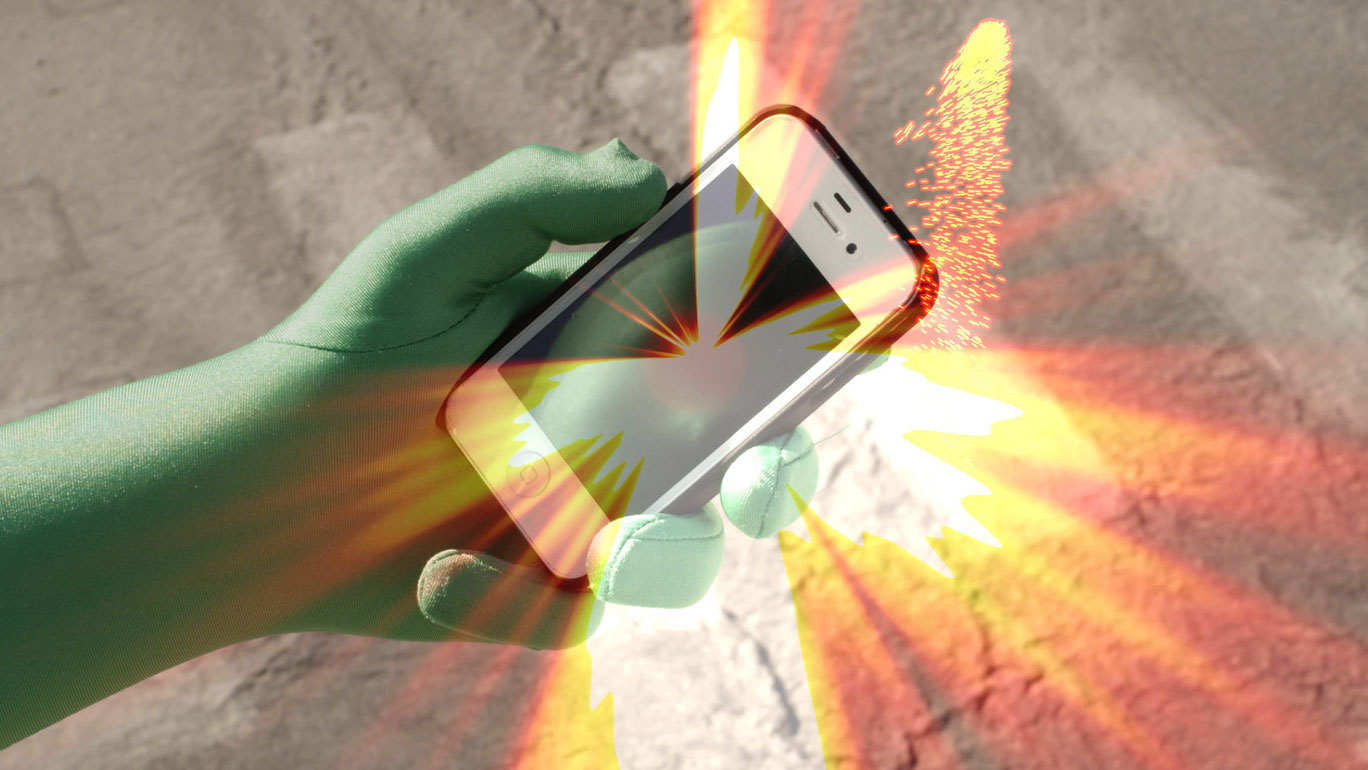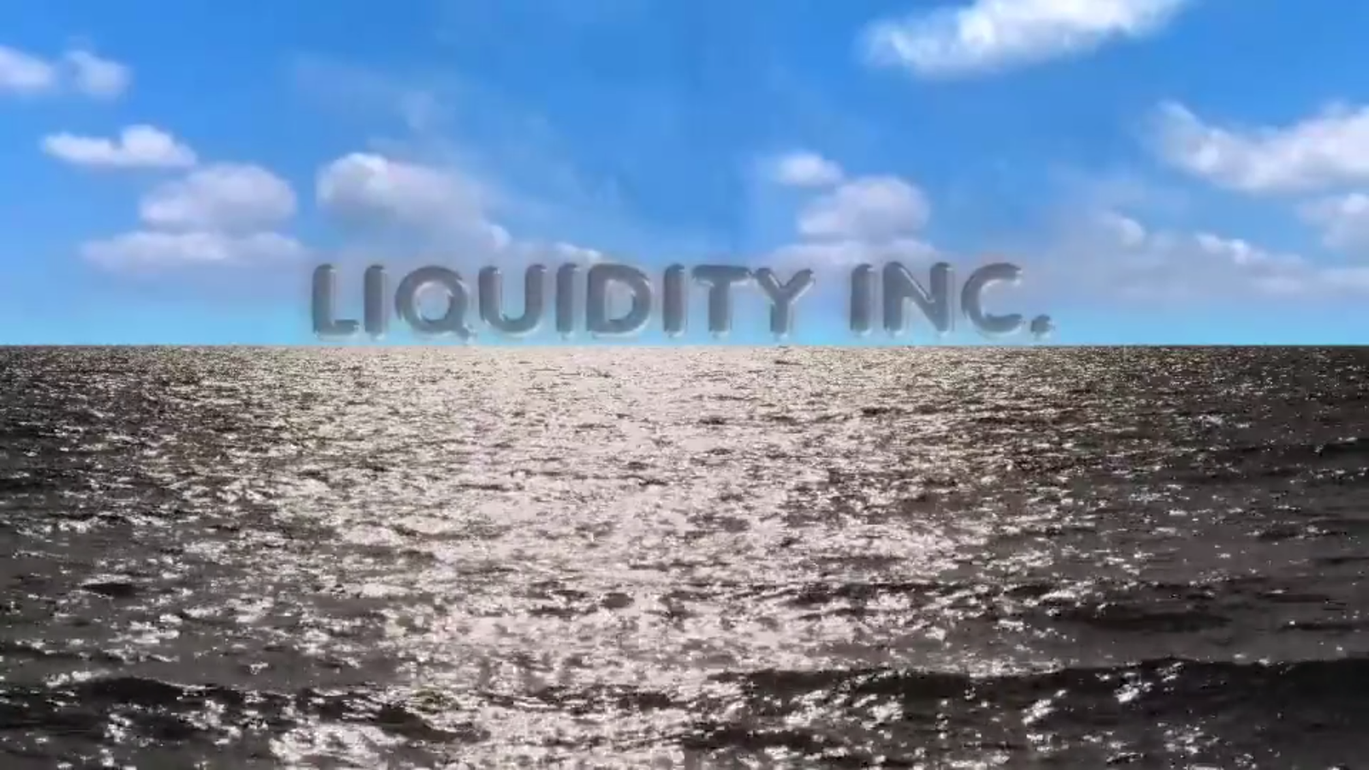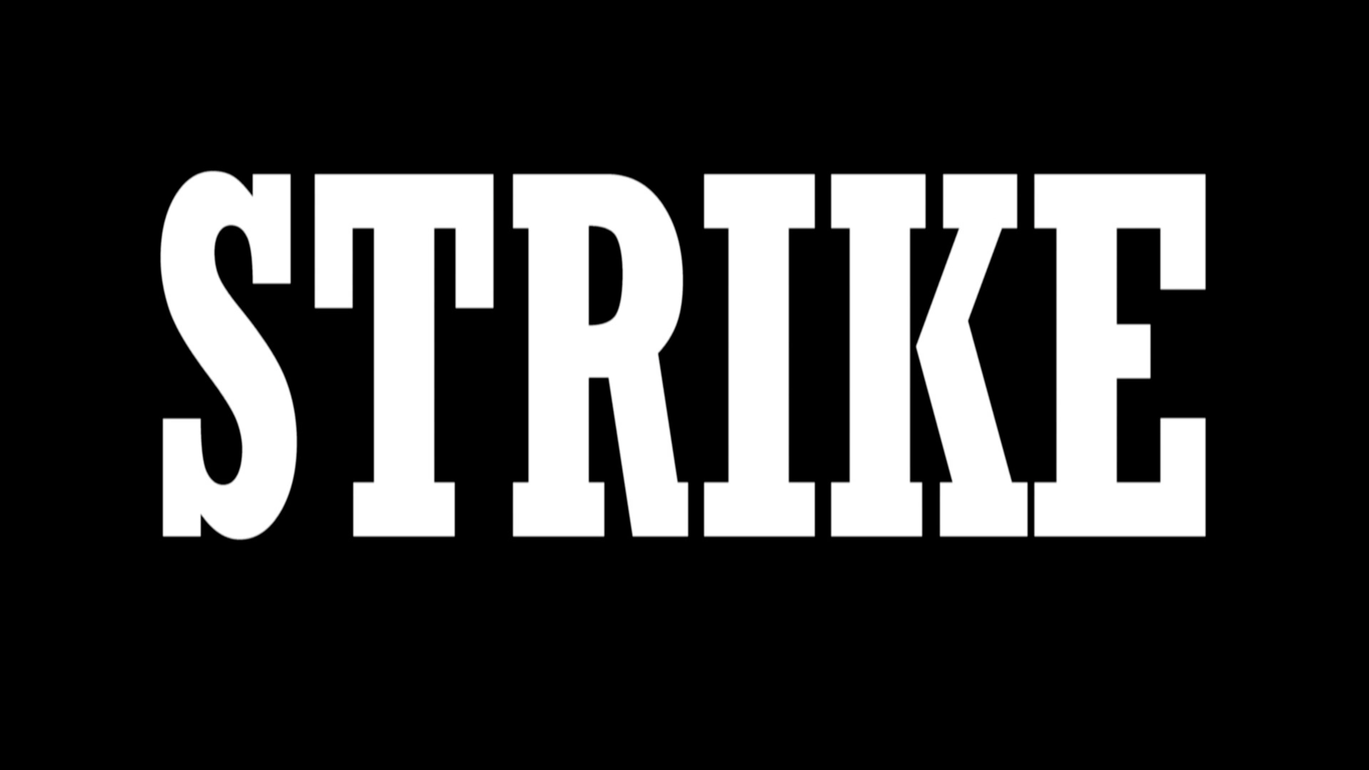Hito Steyerl
Hito Steyerl needs no introduction. The Munich-born artist, filmmaker, theorist and professor and her work have in the past few years been present at nearly every major event in the art world (documenta, Venice Biennale, Skulptur Projekte Münster, etc.) and she is perceived as one of the most influential contemporary artists. Encompassing every single-channel film work that the trained filmmaker (Academy of Visual Arts Tokyo and HFF Munich) has made available for theatrical screenings, this retrospective is nevertheless the first to take place within a film context – a one time opportunity to dip into Steyerl’s multi-faceted thinking apparatus in a cinema setting. Outstanding in her work is a conceptual openness paired with an irrepressible freedom to interweave what are at first glance different contexts, styles of images, and stories.
Steyerl's work has a disposition for the documentary and curator Florian Ebner has even described it as work "about the documentary," in which a change of perspective is programmatic. Montage and collage are the primary tools used to create new contexts and investigate the politics of space and the power relations that manifested in it. Steyerl also establishes relationships between biographical details as well as her own person and that which she shows. Testimony, the combination of war, economy and art, racism and far-right violence, the questioning and deconstruction of her own filmic devices, and curiosity for digital technologies are all part of this thinking apparatus. (Dietmar Schwärzler)
PROGRAM 1, 06.12.2023, 6 pm – Q & A with Hito Steyerl + Dietmar Schwärzler
Babenhausen, 1997, color, 4 min
Dir.: Hito Steyerl, Text: Cafe Morgenland, Image: discinema
Die leere Mitte, 1998, color, 62 min
Dir./Script/Montage: Hito Steyerl, Shooting: Meike Birck, Hito Steyerl, Boris Schafgans, Texts by: Siegfried Kracauer, Friedrich Hollaender, With: Dong Yang, Huan Zhu, Squatters of the Potsdamer Platzes, union workers,..., Produced by: Hochschule für Fernsehen und Film München (HFF)
Two time pieces that record and comment on forms of protest at historically neuralgic locations and establish diverse networks of relationships. "Germany, the land of unlimited ugliness," says an activist from the group Cafe Morgenland, who organized a rally in Babenhausen, Hesse, in 1997 after an arson attack on two buildings belonging to the Jewish Merin family. The Empty Center also reports on attacks, racist violence and xenophobic politics, but architectural politics, the proclamation of a socialist republic by squatters, residence permits, German colonial history or biographical stories of escape are also loose guidelines. Over a period of eight years, Steyerl observes the area between Potsdamer Platz and the Reichstag in Berlin Mitte, a crystallization site of historical and current conflicts. (ds)
PROGRAM 2, 06.12.2023, 8:30 pm
Land des Lächelns, 1990, color, 3 min
Deutschland und das ich, 1994, color, 42 min
Dir.: Hito Steyerl, Camera: Meike Birck, Matthias Rajmann, Montage: Hito Steyerl, Boris Schafgans, Music: Felix Mendelssohn Bartholdy, With: Britta Glatzeder, Cora Frost, Arnulf Baring, Gunter Hofmann, Produced by: Hochschule für Fernsehen und Film München (HFF)
How not to be seen: a fucking didactic educational .MOV file, 2013, color, 16 min
Dir.: Hito Steyerl, Camera: Christoph Manz, Kevan Jenson, Artdirection: Esme Buden, Alwin Franke, Choreography and Performance: Arthur Stäldi, Producer: Kevan Jenson
East meets West and vice versa (plus Schlager music), identity debates and 13 methods of becoming invisible. The focus of Deutschland und das ich is the question of national affiliation after the fall of the Berlin Wall and with it the consequences of reunification for German identity under changed conditions. A "Heimatfilm" so Steyerl probably not entirely unironically, which was made during her documentary film studies, numerous conversations and discussions testify to this context. The constriction of dissonant voices, but also of different types of images (such as demonstrations, rallies and state visits) is already evident here as one of her trademarks. Becoming invisible in the present, an almost political act, requires the size of a pixel; - How not to be seen provides instructions for action against a comprehensive surveillance system. (ds)
PROGRAM 3, 07.12.2023, 6 pm,
Austrian Film Museum and sixpackfilm in Kooperation with Kiew Biennale
Film & Talk, Hito Steyerl in conversation with Oleksiy Radynski (in Englisch)
Chornobyl 22, 2023, color, 20 min
Dir.: Oleksiy Radynski, Camera: Max Savchennko, Montage: Taras Spivak
PROGRAM 4, 07.12.2023, 8:30 pm
Adornos Grey, 2012, s/w, 14 min
Dir.: Hito Steyerl, Camera: Leon Kahane, Production: Maike Banaski, Anna-Victoria Eschbach
In Free Fall, 2010, color, 32 min
Dir.: Hito Steyerl, Camera: Kevin Jenson, Christoph Manz, Montage: Cristóvão dos Reis, With: Mike Potter, Imri Kahn, Hito Steyerl, Kevan Jenson, Commissioned by Chisenhale Gallery, Collective Gallery, Picture This
Guards, 2012, color, 20 min
Dir.: Hito Steyerl, Camera: Kevan Jenson, Montage: Cristóvão dos Reis, With: Ron Hicks, Martin Whitfield, Corey Burage, Modesto Correa, Darrell Evans, Produced by: Art Institute of Chicago
Theodor W. Adorno had his lecture hall painted gray because, according to legend, gray was the only wall color that made it possible to concentrate. Gray is no longer to be found in the exposure of individual (wall) layers, but instead the story that the topless dance of three female students in 1969 led to Adorno's last lecture. A didactic piece of Steyerl's compositional work is also In Free Fall, in which she compiles the biography of an object, the Boeing 4X-JYI. What this airplane has to do with, among other things, the films Hell's Angel (Howard Hughes, 1930) and Speed (Jan de Bont, 1994), the Israeli air force and the hostage rescue in Entebbe in the mid-1970s, the digital revolution and current art production is explained in an absurd, simultaneously self-reflexive recycling tour through the loops of capital. Guards links the references between art and the military via a tour through an exhibition parcours. (ds)
PROGRAM 5, 08.12.2023, 6 pm – Q & A with Hito Steyerl and Michael Loebenstein
Abstract, 2012, color, 8 min
Normalität 1,2,5,6,8, 1999 – 2001, color, 23 min
Dir.: Hito Steyerl, Camera: Marcus Carney, Hito Steyerl, Music: Arnold Schönberg
Journal No1 – an Artist´s Impression, 2007, color, 21 min
Dir: Hito Steyerl, Montage: Stefan Landorf, Drawings: Arman Kulasic, Producer: Boris Buden, With: Arman Kulasic, Halid Bunic, Devleta Filipovic
November, 2004, color, 25 min
Dir.: Hito Steyerl, Montage: Stefan Landorf, With: Uli Maichle, Producer: Marta Kuzma for Manifesta 5
"Shot - Countershot: The grammar of cinema follows the grammar of battle." (HS) In Abstract, Steyerl seeks out a place in eastern Turkey claimed by Kurds, where 39 people were killed in 1998 in the course of an attack by a Turkish special unit. Using cinematic means, the site of the crime is linked to the site of weapons production. The episodic film Normality also focuses on crime scenes, right-wing extremist attacks and anti-Semitically motivated violence in Germany and Austria. Journal No1 is an attempt to reconstruct the first Bosnian film monthly from 1947, which was destroyed during the Yugo-Slav wars in 1993. The interrelations between fact and fiction are explored in November, in which Kurdish resistance fighter Andrea Wolf switches from martial arts performer to the side of the revolutionaries. (ds)
PROGRAM 6, 08.12.2023, 8:30 pm
Lovely Andrea, 2007, color, 30 min
Dir.: Hito Steyerl, Performer and directors assitsant: Asagi Ageha, Montage: Stefan Landorf, Producer: Osada Steve for documenta 12
Liquidity Inc., 2014, color, 30 min
Dir.: Hito Steyerl, Camera: Christoph Manz, Kevan Jenson, Music: Brian Kuan Wood, Melody Sheep, Kassem Mosse, Commissioned by: David Riff, Ekaterina Degot for Bergen Assembly
Strike, 2010, color, 28 sec
"Be water my friend" (Bruce Lee). In Lovely Andrea, Steyerl is researching a bondage photograph that she had taken of herself in 1987 as a film student in Japan. Not only intrinsic to the media, a web of porn industry, art discourse, politics, punk and pop culture emerges, in which, among other things, footage of torture in the Abu Ghraib prison camp finds space as well as the censored trailer for Spider-Man. Jacob Wood, a former investment banker, is the protagonist of Liquidity Inc, whose narrative fragments range from the Internet boom around 1995 to the financial crash of 2008. On the visual level, Steyerl's penchant for playing with digital technologies, interfaces, augmented reality, automated image production and different displays is evident; humor and nervous breakdown included. Strike. (ds)
Eine Kooperation zwischen sixpackfilm und dem Österreichischen Filmmuseum
Programm: Dietmar Schwärzler
Österreichisches Filmmuseum
Augustinerstraße 1
1010 Wien
Kartenreservierungen: 533 70 54 oder online: www.filmmuseum.at

